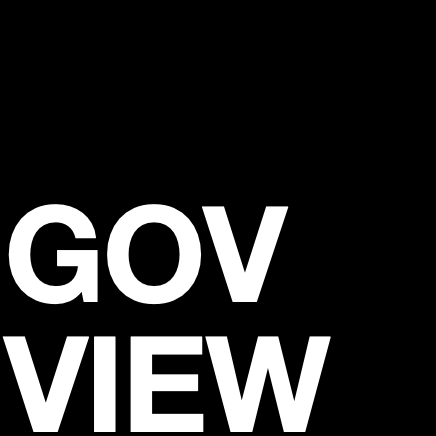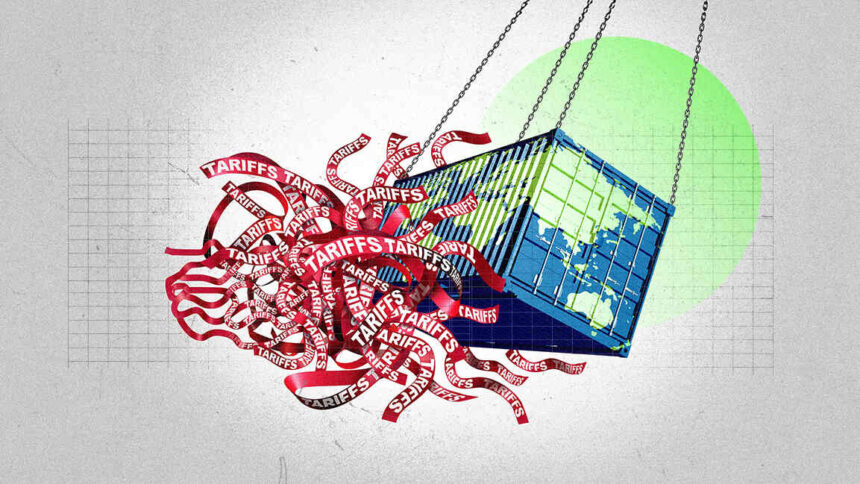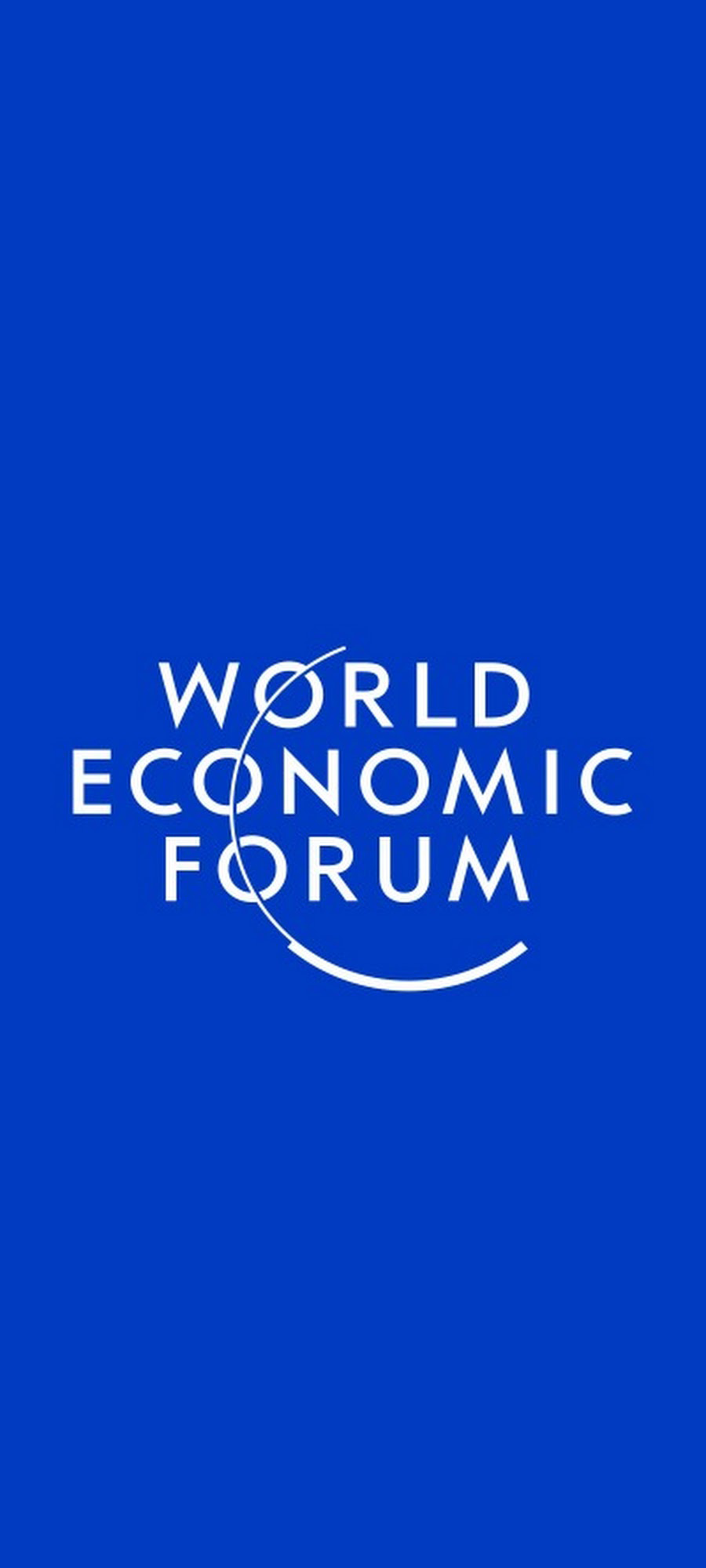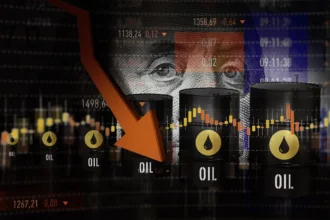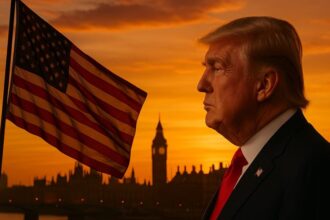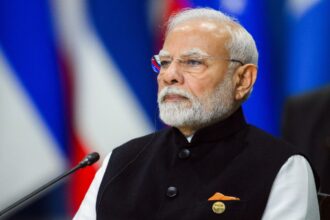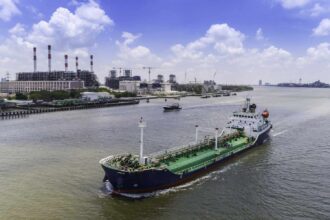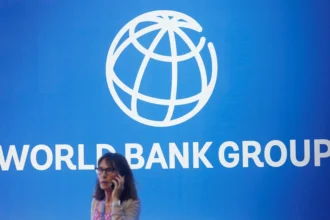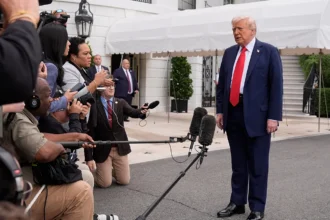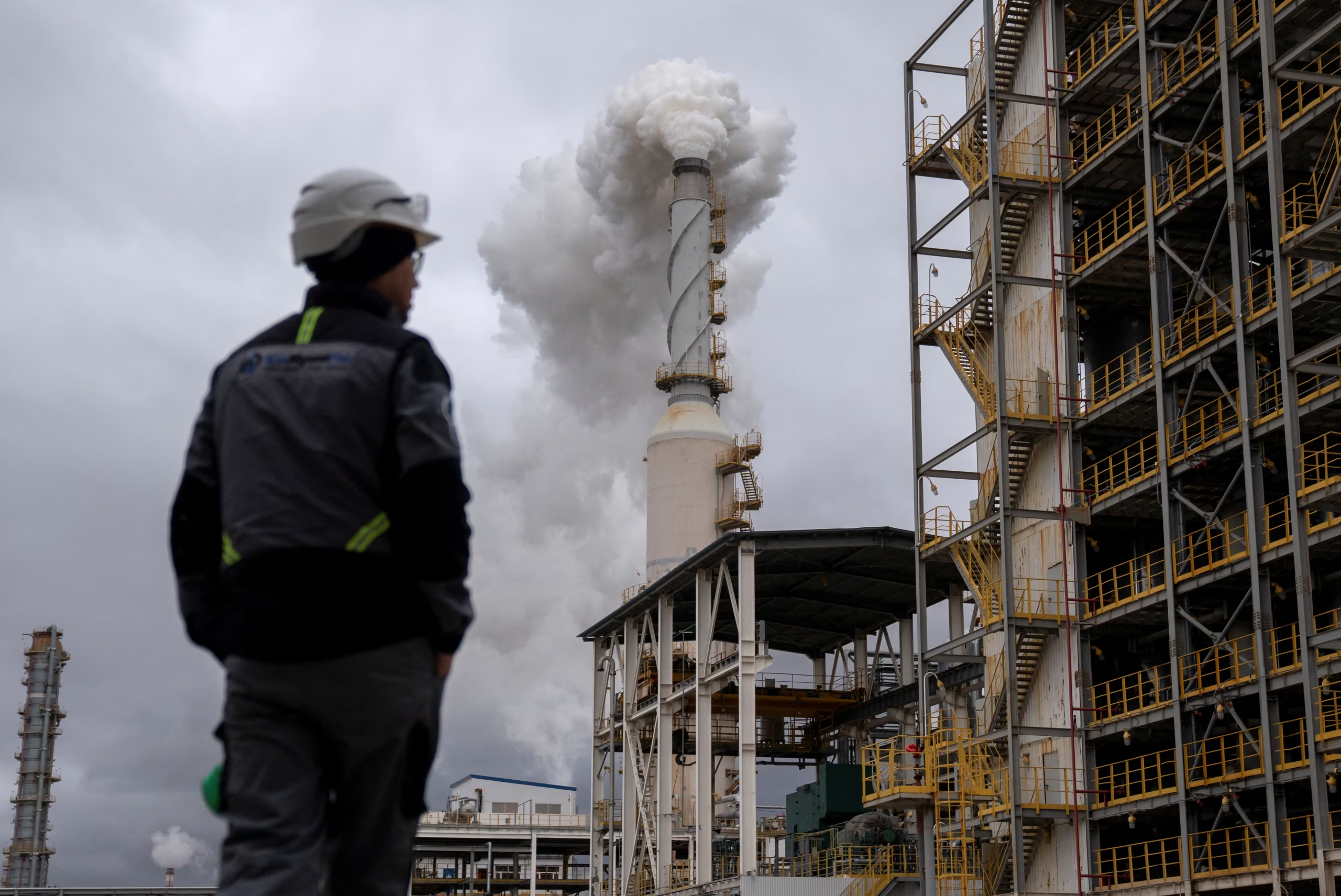The summer of 2025 could prove to be a defining period for the U.S. economy, as it contends with a complex convergence of pressures: sharply rising tariffs on global imports, geopolitical volatility in the Middle East, and mounting domestic inflationary risks. With uncertainty clouding consumer sentiment, supply chains, and investor confidence, leading economists warn that the country may be on the brink of a prolonged period of stagflation-like conditions.
Tariff Surge Reshaping Trade Dynamics
The recent decision by the U.S. administration to implement sweeping new tariffs—ranging from 10% to 50%—on a wide array of imported goods from China, the EU, and select emerging markets is set to reshape import prices and disrupt business supply chains across multiple sectors.
Industries most exposed include:
- Consumer electronics
- Automobiles and auto parts
- Pharmaceutical ingredients
- Retail apparel and footwear
These tariffs, framed as part of a national strategy to reduce dependency on foreign manufacturing and revive domestic industry, come at a cost: elevated input prices, reduced competitiveness, and retaliatory measures from key trading partners, many of whom are already drafting counter-tariffs.
“This is not a surgical approach—it’s a blunt policy tool that will drive up costs across the board,” said Dr. Elena Marshall, Chief Global Economist at Concordia Capital. “The immediate effect will be inflationary. The longer-term concern is declining trade efficiency and lost global market share.”
Middle East Crisis Adds Energy Shock Risk
Compounding the tariff impact is renewed geopolitical instability in the Middle East, particularly involving escalating military activity between Israel and Iran, as well as tensions in the Strait of Hormuz—a key artery for global oil shipments.
While crude oil prices have pulled back from earlier highs, analysts warn that even the perception of risk to Persian Gulf exports could lead to speculative pricing surges, especially if any physical disruption occurs.
A $10–$20 per barrel increase in Brent crude would likely translate into:
- Higher transportation and logistics costs
- Renewed fuel inflation
- Pressure on consumer spending and industrial production
“Energy markets are in a delicate state,” said Maxine Leclerc, Global Head of Commodities Research at Veritas Analytics. “Any further escalation in the Middle East could force policymakers into a corner—juggling inflation control with economic stimulus.”
Consumer Strain and Business Uncertainty
Rising import costs and potential energy shocks are already feeding into consumer price indices, while real wage growth remains stagnant. American households, already burdened by higher credit costs and tightening mortgage conditions, face a deteriorating purchasing power environment.
At the same time, business investment is beginning to contract. Forward guidance from manufacturing and retail firms suggests a decline in capital expenditure, citing input volatility, labor shortages, and reduced visibility on consumer demand.
Policy Crossroads: Limited Room for Error
The Federal Reserve, which has paused rate hikes amid mixed signals, now faces a delicate balance: fighting inflation while preventing a demand-side recession. Meanwhile, fiscal policy levers are constrained by political deadlock and an election-year budget climate.
“We are entering a phase where the typical playbook doesn’t apply,” said Michael Raines, Senior Advisor at the Peterson Institute for International Economics. “The combination of geopolitical risk, structural tariff disruptions, and weakening consumption means the economy is entering uncharted territory.”
Conclusion: A Volatile Economic Summer
While a full-scale economic collapse is not imminent, the current outlook presents significant downside risks. The U.S. economy is facing a convergence of policy-induced cost pressures and external shocks, and the margin for policy missteps is narrow.
Unless mitigated by coordinated trade negotiations, strategic reserve interventions, or targeted fiscal support, Summer 2025 could mark a turning point in America’s post-pandemic recovery trajectory—from resilience to vulnerability.
Policymakers, businesses, and households alike must prepare for a period of heightened economic turbulence, where agility, caution, and data-driven responses will be critical to navigating what may become one of the most challenging seasons in recent economic history.
